How To Select Binoculars?
Selecting the right pair of binoculars can be a daunting task, especially with the myriad of options available in the market today. Whether you are a bird watcher, a stargazer, a sports enthusiast, or simply someone who enjoys observing nature, choosing the right binoculars is crucial for an optimal viewing experience. This article aims to guide you through the essential factors to consider when selecting binoculars, ensuring that you make an informed decision that meets your specific needs.
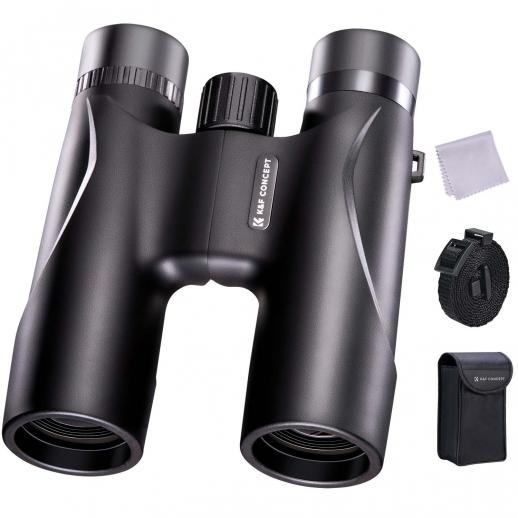
Understanding Binocular Specifications
Before diving into the selection process, it is important to understand the basic specifications of binoculars. The two most important numbers you will encounter are magnification and objective lens diameter, usually written as 10x42, 8x32, etc.
1. Magnification: The first number indicates the magnification power. For example, a 10x42 binocular has a magnification of 10 times, meaning objects will appear ten times closer than they are to the naked eye. Higher magnification is not always better, as it can make the image shakier and reduce the field of view.
2. Objective Lens Diameter: The second number refers to the diameter of the objective lenses (the lenses closest to the object you are viewing) in millimeters. A larger diameter allows more light to enter the binoculars, resulting in a brighter image, especially in low-light conditions. However, larger lenses also make the binoculars heavier and bulkier.
Key Factors to Consider
1. Purpose of Use
The intended use of the binoculars is perhaps the most critical factor in your decision-making process. Different activities require different specifications:
- Bird Watching: For bird watching, a magnification of 8x to 10x and an objective lens diameter of 32mm to 42mm are ideal. These specifications provide a good balance between magnification, brightness, and field of view.
- Stargazing: For astronomical purposes, higher magnification (10x to 20x) and larger objective lenses (50mm or more) are recommended to capture more light and provide clearer images of celestial objects.
- Sports Events: For watching sports, a magnification of 7x to 10x and an objective lens diameter of 32mm to 42mm are suitable. These specifications offer a wide field of view, allowing you to follow the action more easily.
- Hiking and General Use: For general outdoor activities, a compact and lightweight pair with a magnification of 8x and an objective lens diameter of 25mm to 32mm is ideal for portability and ease of use.
2. Field of View
The field of view (FOV) is the width of the area visible through the binoculars at a specific distance, usually measured in feet at 1,000 yards. A wider field of view is beneficial for tracking moving objects, such as birds or athletes. However, a wider FOV often comes at the expense of higher magnification.
3. Eye Relief
Eye relief is the distance between your eyes and the eyepiece while still being able to see the entire field of view. This is particularly important for eyeglass wearers. Look for binoculars with an eye relief of at least 15mm if you wear glasses.
4. Prism Type
Binoculars use prisms to correct the orientation of the image. There are two main types of prisms:
- Roof Prisms: These are more compact and lightweight, making them ideal for outdoor activities. However, they are generally more expensive.
- Porro Prisms: These offer better depth perception and a wider field of view but are bulkier and less durable.
5. Lens Coatings
Lens coatings improve light transmission, reduce glare, and enhance image quality. There are several types of coatings:
- Coated: A single layer on at least one lens surface.
- Fully Coated: A single layer on all air-to-glass surfaces.
- Multi-Coated: Multiple layers on at least one lens surface.
- Fully Multi-Coated: Multiple layers on all air-to-glass surfaces. This is the best option for optimal light transmission and image clarity.
6. Waterproof and Fogproof
If you plan to use your binoculars in harsh weather conditions or near water, look for models that are waterproof and fogproof. These binoculars are sealed with O-rings and filled with nitrogen or argon gas to prevent internal fogging.
7. Weight and Size
Consider the weight and size of the binoculars, especially if you plan to carry them for extended periods. Compact binoculars are easier to carry but may compromise on image quality and brightness. Full-sized binoculars offer better performance but are heavier and bulkier.
Practical Tips for Testing Binoculars
When you have narrowed down your choices, it is essential to test the binoculars before making a purchase. Here are some practical tips:
- Check for Comfort: Hold the binoculars to your eyes and check for comfort. Ensure that the eyecups fit well and that the binoculars are not too heavy for extended use.
- Test the Focus: Adjust the focus wheel and diopter to see how easily you can achieve a sharp image. The focus mechanism should be smooth and precise.
- Evaluate Image Quality: Look for clarity, brightness, and color accuracy. Test the binoculars in different lighting conditions to see how they perform.
- Assess the Field of View: Observe a wide area and see how much of it you can see without moving the binoculars. A wider field of view is beneficial for tracking moving objects.
- Check for Distortions: Look for any distortions, such as blurriness at the edges or color fringing (chromatic aberration). High-quality binoculars should have minimal distortions.
Selecting the right pair of binoculars involves understanding your specific needs and carefully evaluating the various specifications and features. By considering factors such as magnification, objective lens diameter, field of view, eye relief, prism type, lens coatings, waterproofing, and weight, you can make an informed decision that enhances your viewing experience. Remember to test the binoculars before purchasing to ensure they meet your comfort and performance requirements. With the right pair of binoculars, you can enjoy a clearer and more immersive view of the world around you.


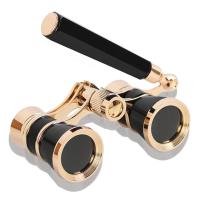

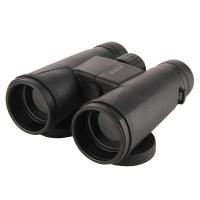
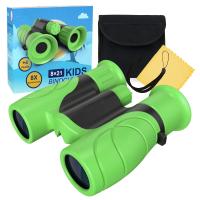

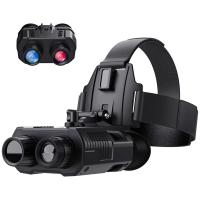
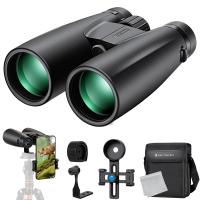
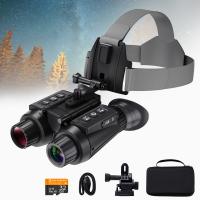

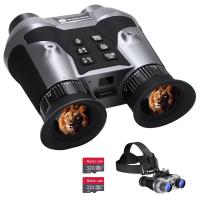




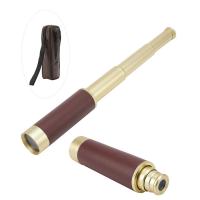
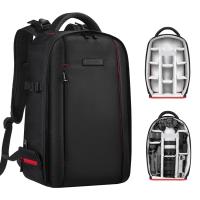
![Supfoto Osmo Action 3 Screen Protector for DJI Osmo Action 3 Accessories, 9H Tempered Glass Film Screen Cover Protector + Lens Protector for DJI Osmo 3 Dual Screen [6pcs] Supfoto Osmo Action 3 Screen Protector for DJI Osmo Action 3 Accessories, 9H Tempered Glass Film Screen Cover Protector + Lens Protector for DJI Osmo 3 Dual Screen [6pcs]](https://img.kentfaith.com/cache/catalog/products/us/GW41.0076/GW41.0076-1-200x200.jpg)






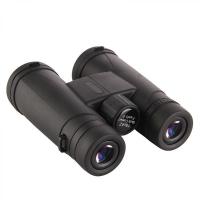
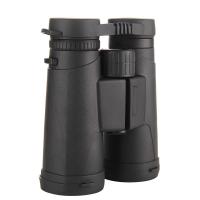
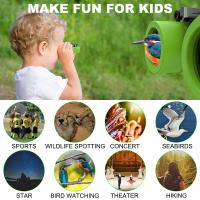
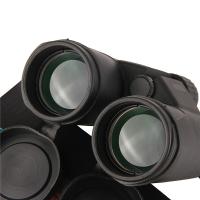

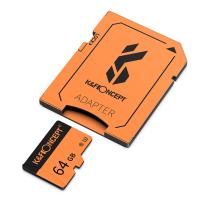



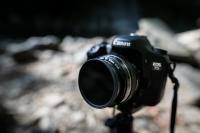



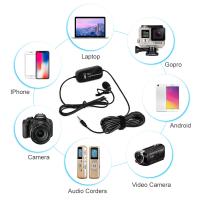

There are no comments for this blog.